Dinosaurs that once dominated Earth were abruptly wiped out 66 million years ago by an asteroid that slammed into the Yucatán Peninsula, leaving behind over 7,000 sinkholes, known as cenotes, in the porous limestone rock. This ring of Mexican cenotes forms the largest underground river system in the world, where divers are enveloped in silence, hearing only their bubbles. According to The Smithsonian, these crystal-clear waters are not only stunning but also rich in Mayan history, with fossils and artifacts unearthed by cave divers offering glimpses into ancient stories.
Beneath the surface, the caverns are illuminated by ethereal blue and green light, showcasing the stalactites and stalagmites that cradle freshwater and shelter diverse wildlife, including crocodiles, manatees, eels, and frogs. Among the fossils discovered are those of Megalonyx, or “large claw” in Greek, a giant sloth as large as a polar bear, reaching up to 12 feet tall and weighing nearly a ton. Some of these fossils bear strange cut marks, suggesting that early humans butchered these creatures with stone tools, while others show burn marks, hinting they were cooked in ancient fire pits.
Apart from these fossils, divers have discovered ancient Mayan artifacts such as paintings and oversized skulls resembling a jaguar’s head. Harvard Peabody Museum shared an excerpt from the book titled “Artifacts from the Cenote of Sacrifice, Chichen Itza, Yucatan,” revealing that a man named Edward H. Thompson discovered remains of hundreds of textiles, wooden objects, and copal incense offerings lurking in the waters of these limestone cenotes. There were also lithics, ceramics, and bone and shell artifacts; things that are commonly found in a Mayan site used for burial and sacrifices.
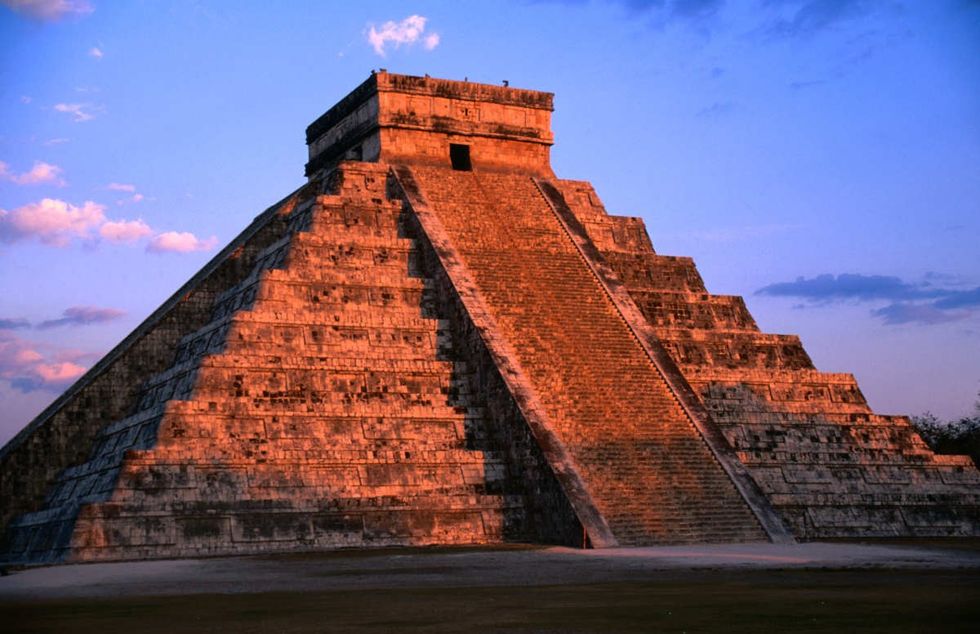
It is believed that ancient Mayans considered these waters as sacred. It was not only their primary source of freshwater but also a site of religious rituals, which is one of the reasons that the sacred Maya temple, Chichén Itzá, was built in the proximity of these underwater tunnels. According to BBC, the Mayans also believed these cenotes to be the gateway to Xibalba, the Maya underworld, where humans go when they die. Mayans made offerings of gold, jade, copper, and even humans to appease the rain god, who they believed, resided in these cenotes. Today, travelers and tourists can observe these rituals with offerings of flower petals, sugar, cacao, etc.
Photographer Martin Broen, who has explored 280 of the Yucatan cenotes, captured the atmospheric photographs in a book called “Light in the Underworld.” Describing his otherworldly experience swimming inside these caves, Martin told New Scientist, “During rain showers in the Mexican jungle, water washes tannin from the vegetation into the cenotes, creating a tannic acid solution. These natural filters provide a surreal green, yellow or red atmosphere to the caverns.” He expressed his fascination for the underwater time capsules, saying, “The more I dive, the more I discover the beauty and secrets of these caves, uncovering unique fossils of extinct megafauna, indications of the first Palaeo-Americans, and Mayan artifacts.”





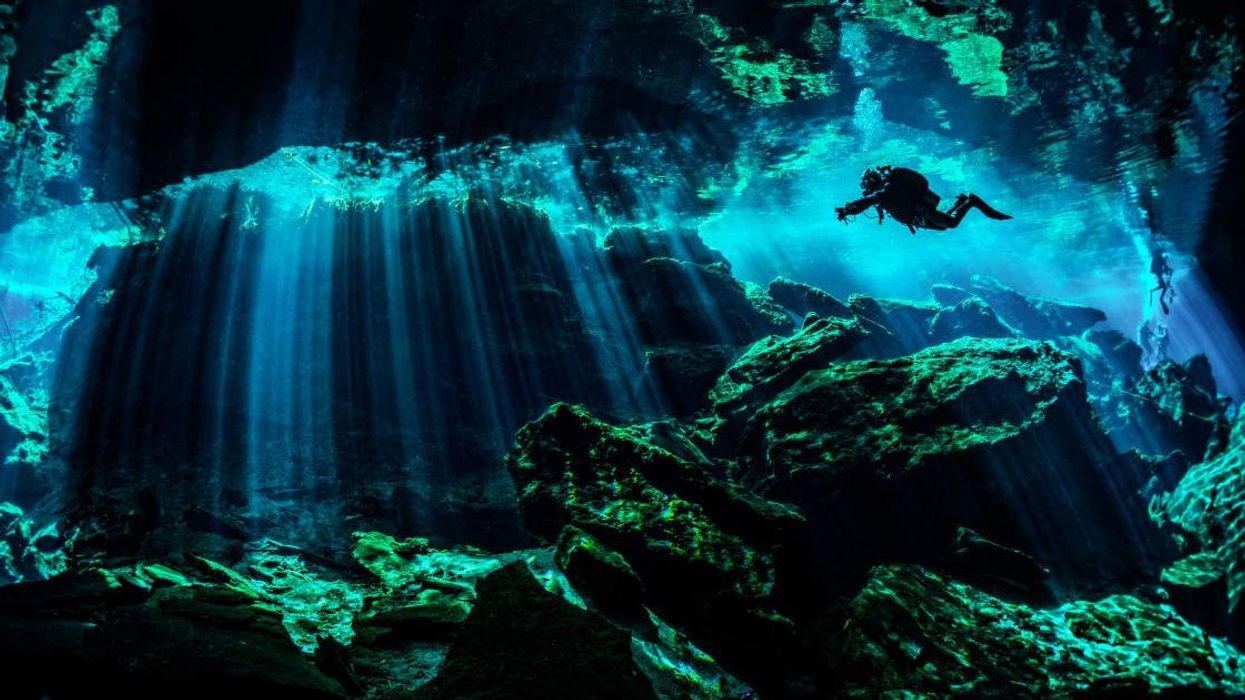

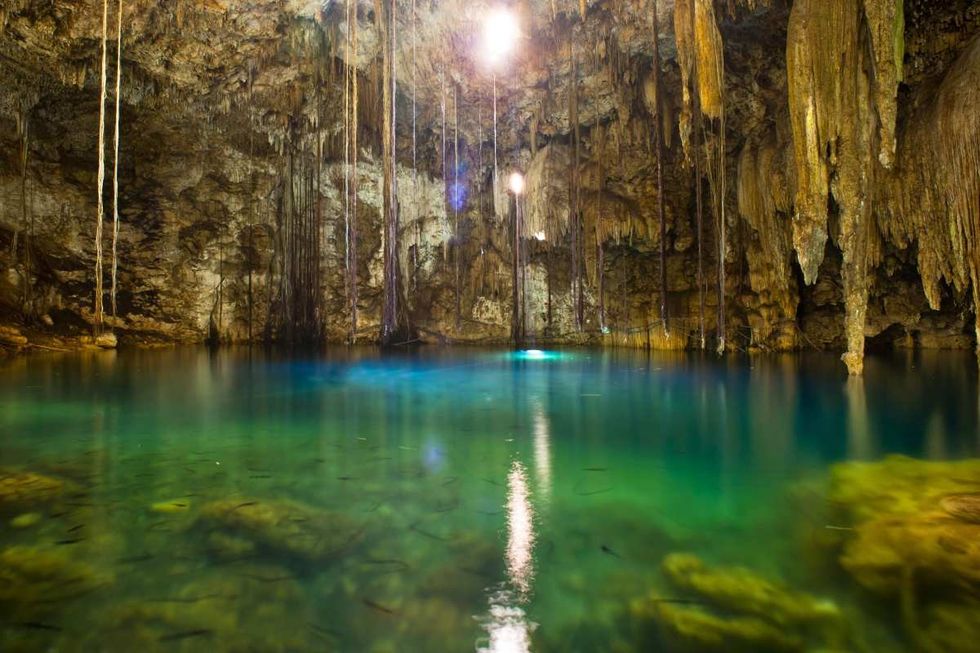
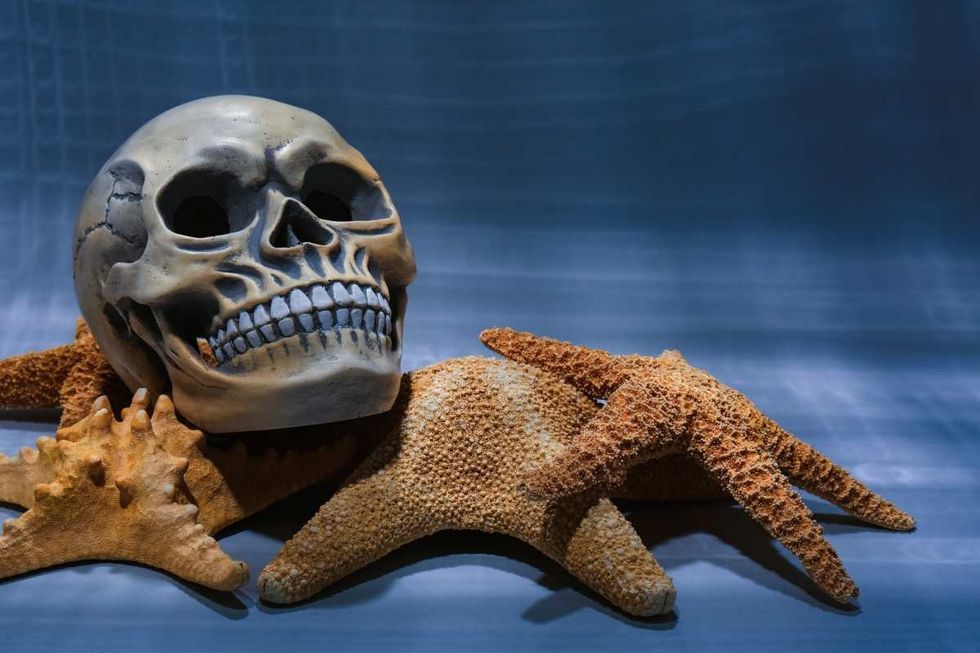










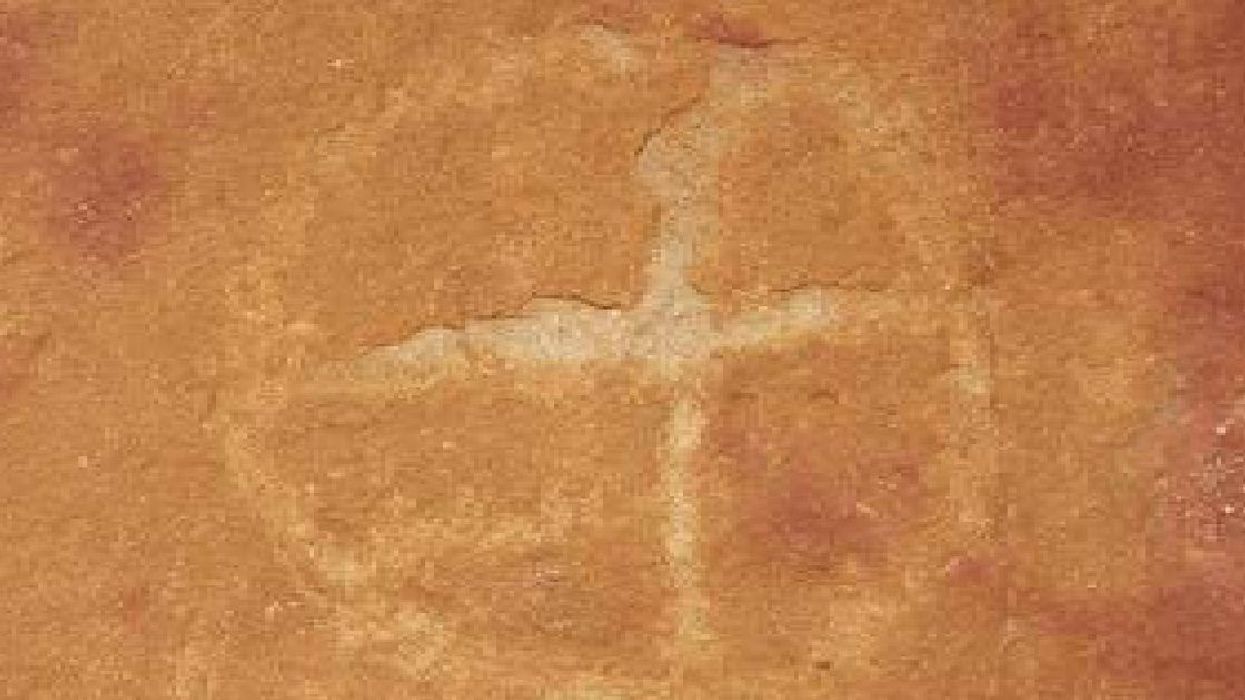
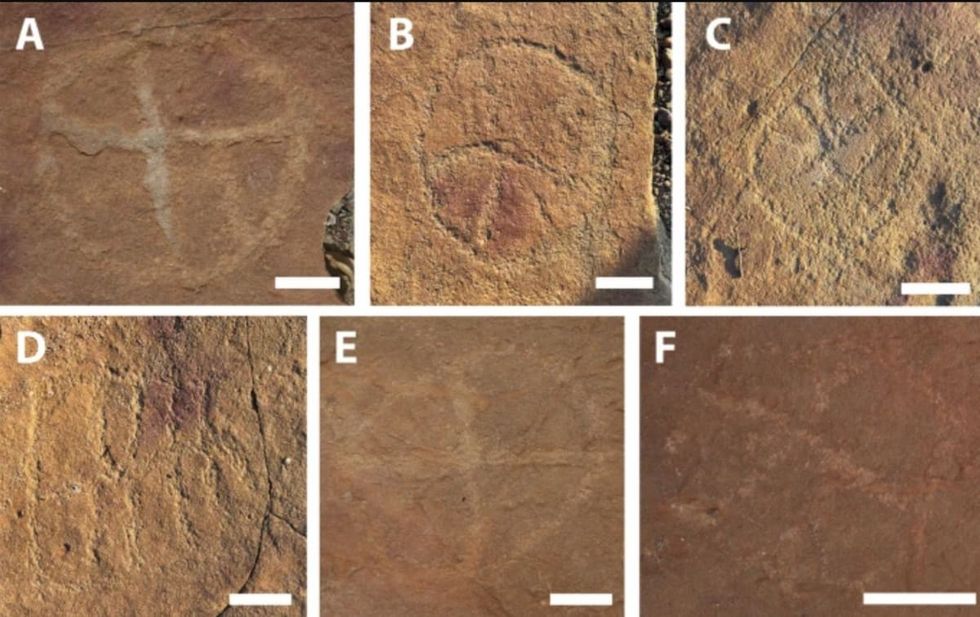 Image frmo Scientific Reports of ancient artwork. Image Source:
Image frmo Scientific Reports of ancient artwork. Image Source: 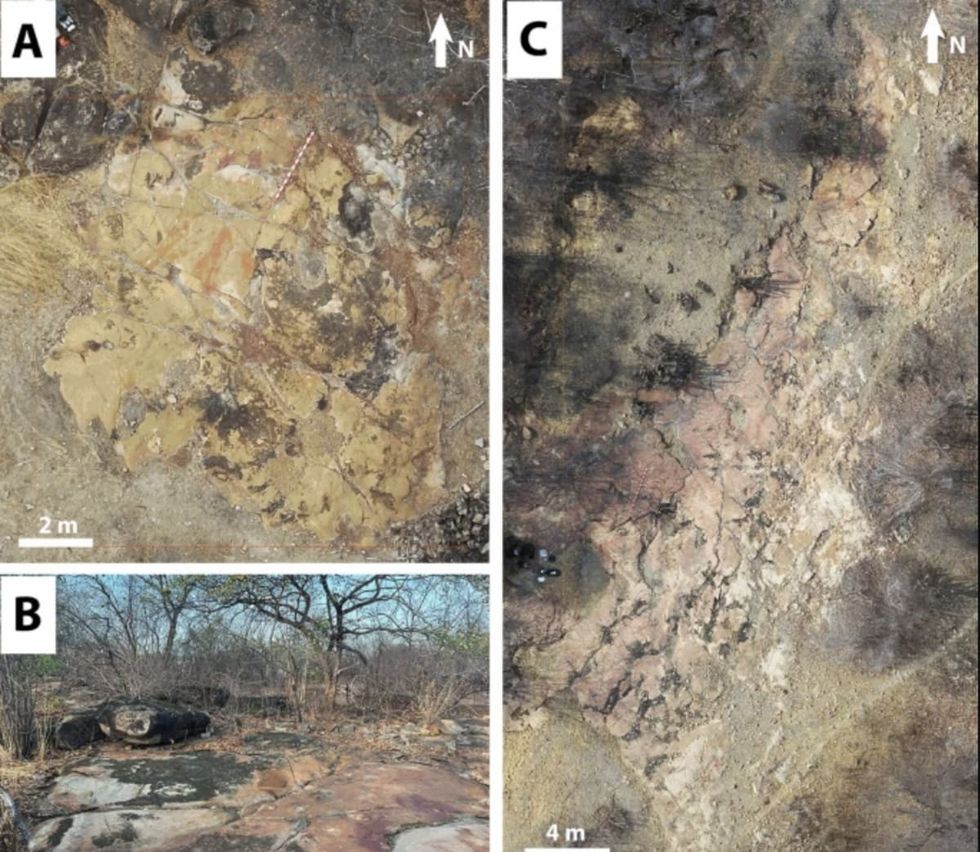 Image frmo Scientific Reports of ancient artwork.Image Source:
Image frmo Scientific Reports of ancient artwork.Image Source: 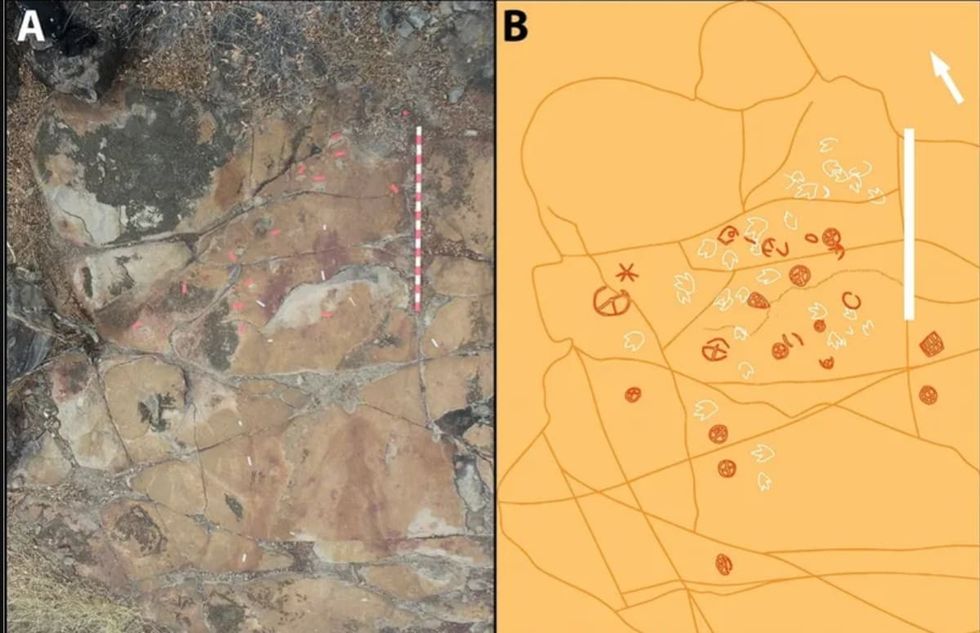 Image frmo Scientific Reports of ancient artwork.Image Source:
Image frmo Scientific Reports of ancient artwork.Image Source: 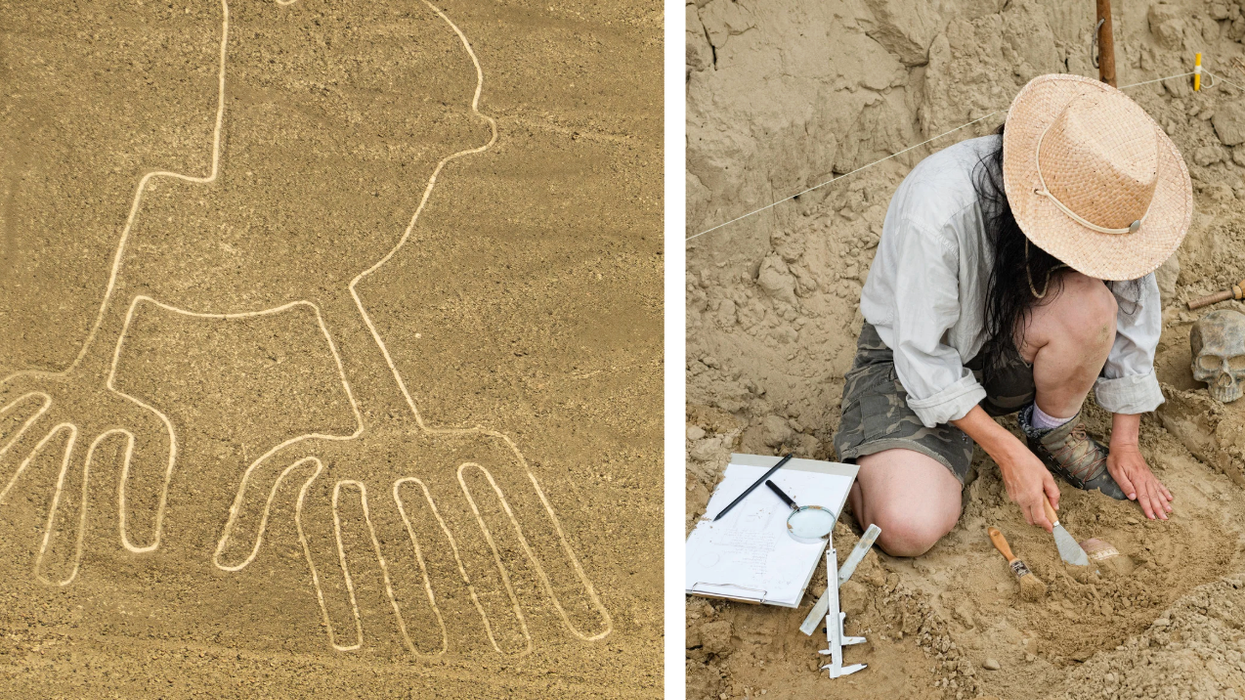

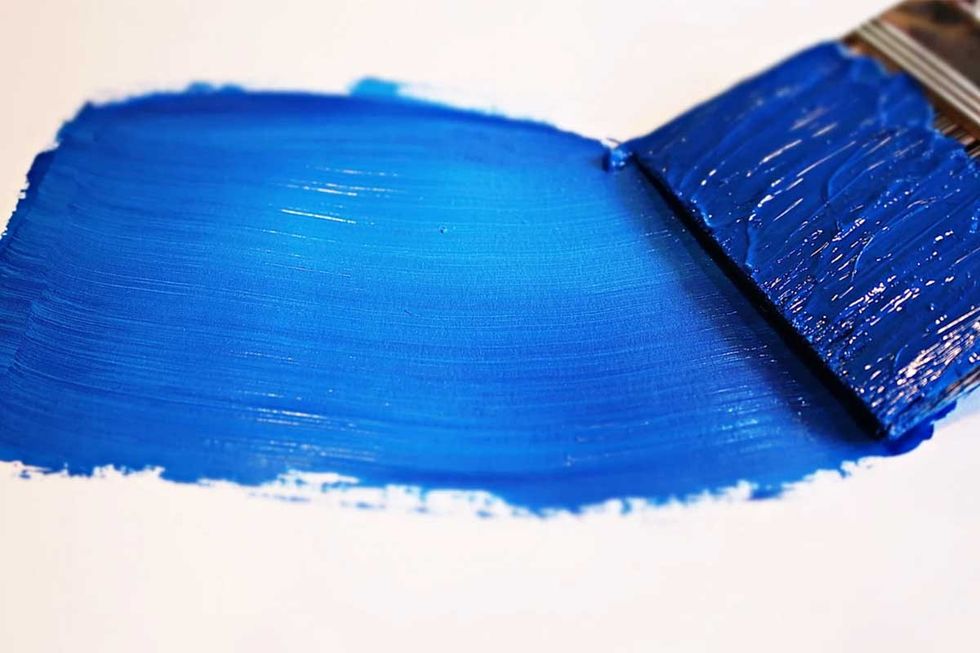 It's difficult to imagine seeing a color and not having the word for it. Canva
It's difficult to imagine seeing a color and not having the word for it. Canva
 Sergei Krikalev in space.
Sergei Krikalev in space. 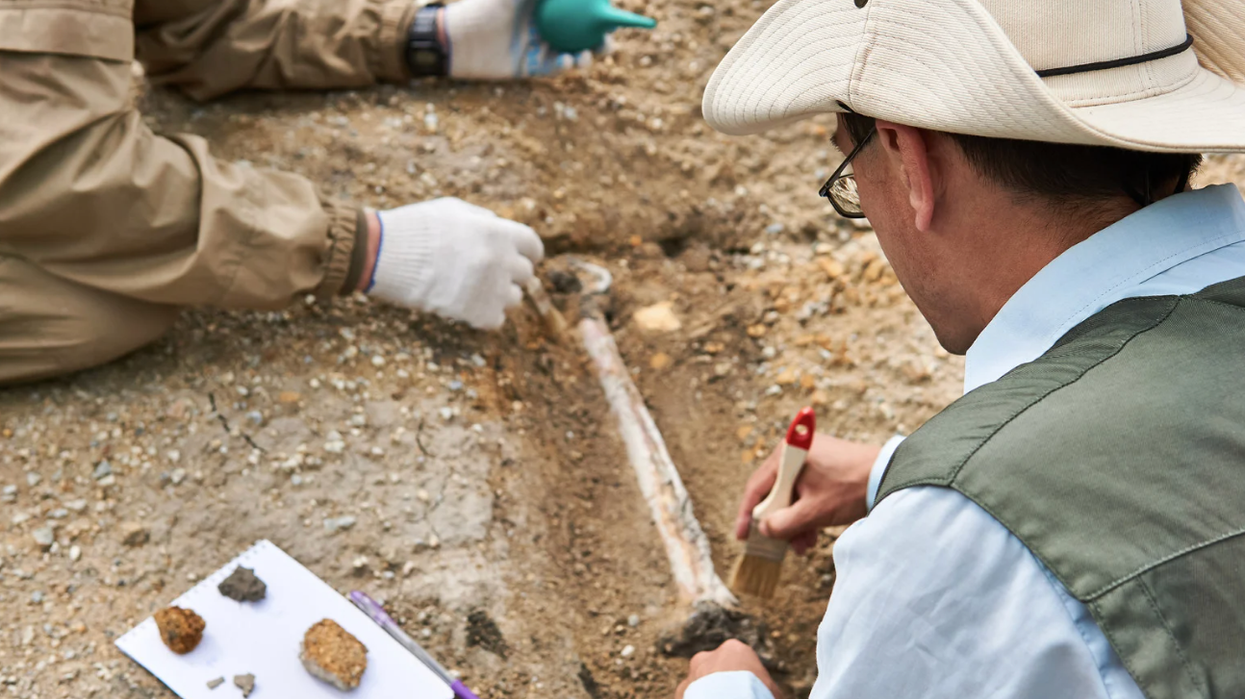


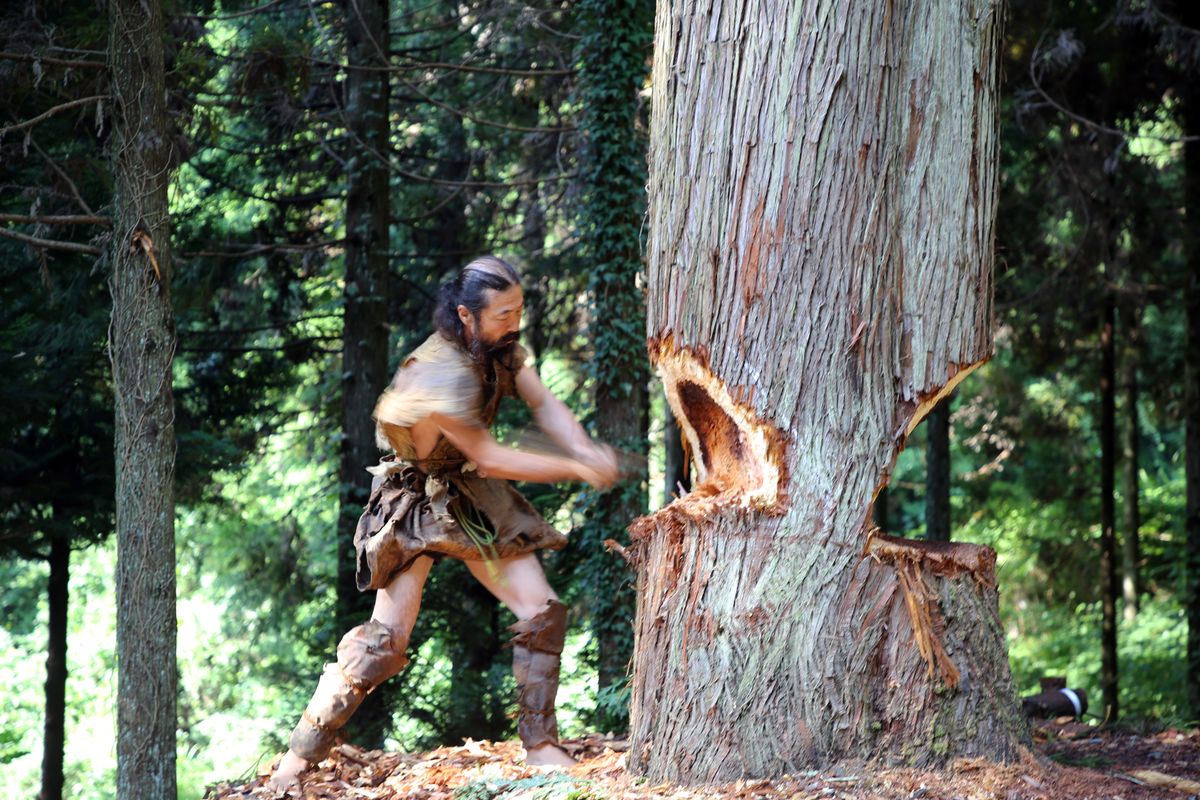 The team also crafted their canoe using ancient methods and Stone Age-style tools. National Museum of Nature and Science, Tokyo
The team also crafted their canoe using ancient methods and Stone Age-style tools. National Museum of Nature and Science, Tokyo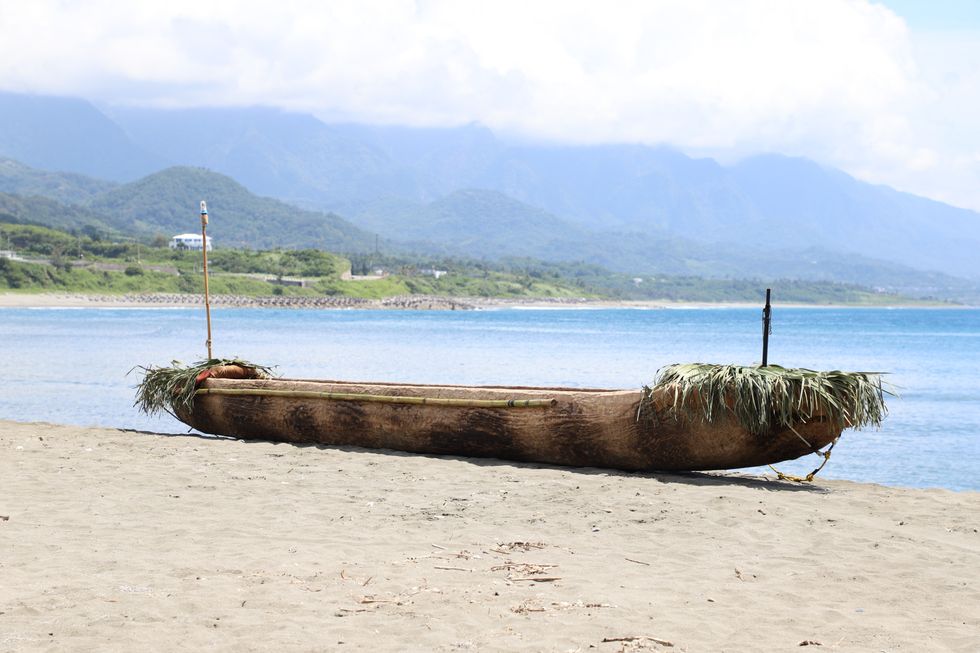 The cedar dugout canoe crafted by the scientist team. National Museum of Nature and Science, Tokyo
The cedar dugout canoe crafted by the scientist team. National Museum of Nature and Science, Tokyo